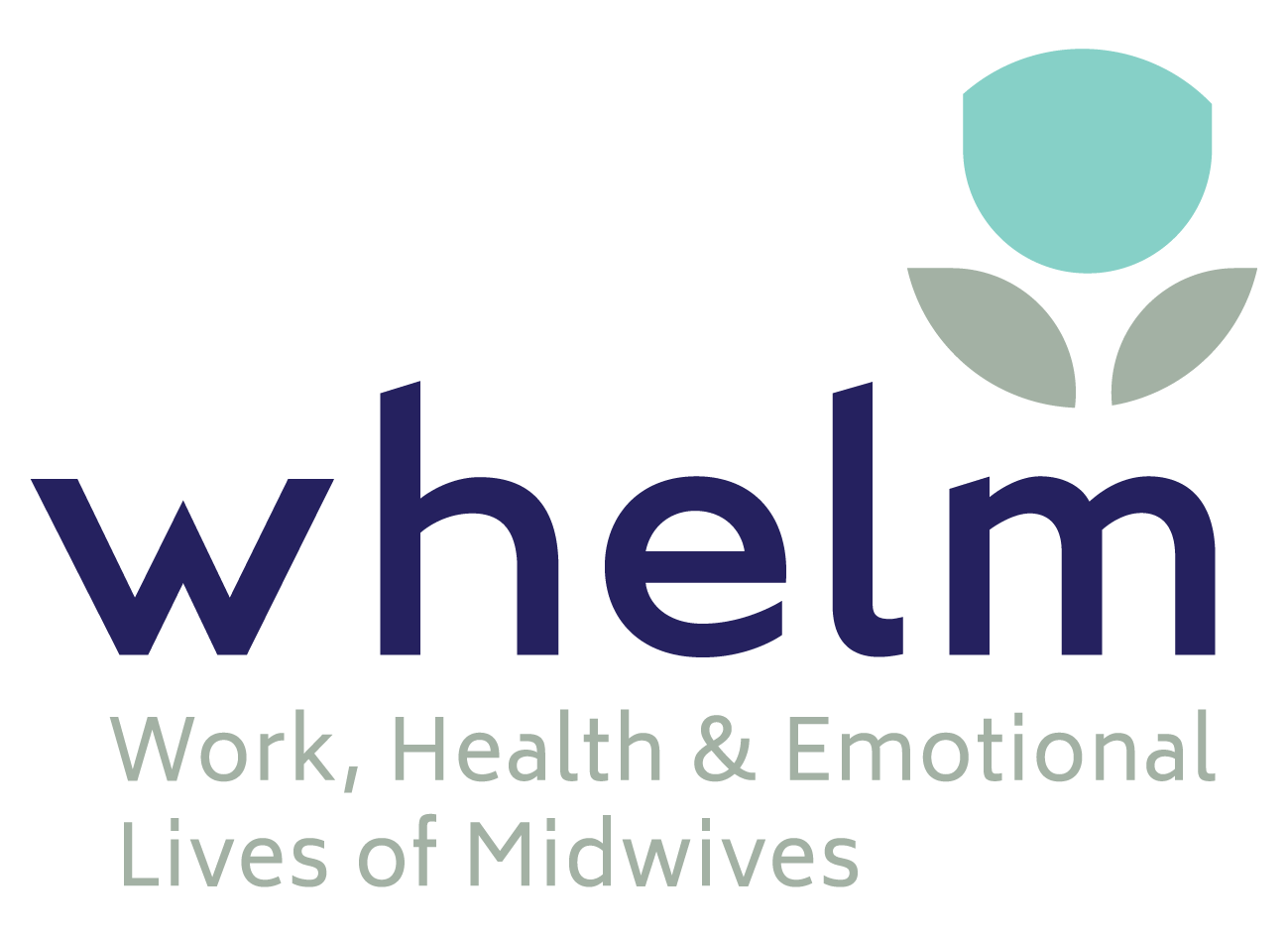Maternity service funding in Australia
Most maternity care funding is allocated to State and Territory health departments who then resource hospitals and health services. The funding given to health services is ‘activity-based’ which means the more episodes of care, and the more expensive types of care provided, the more funding the health services receive (COAG, 2014). Complex care (e.g., caesarean surgery, inpatient postnatal ward stay) costs more to provide, and therefore attracts more funding under this activity-based scheme, than normal birth with early discharge. Therefore, health services may have no incentive to provide models of care that are cost-effective – even if they deliver better outcomes and experiences for women and babies.
Cost and benefits of maternity care up to 12-months after birth
Deputy Director of Transforming Maternity Care Collaborative, Associate Professor Emily Callander, is an expert in the health economics of maternity care. She recently led a study to determine the cost and benefit (in terms of quality of life) associated with public midwifery continuity of carer (Midwifery Group Practice – MGP)(Callander et al., 2021). MGP was compared with standard care, which included all other models of public maternity care, and excluded private obstetric/midwifery care.
The study collected data from 85 women who had continuity of carer and 72 women who had standard care, including data about their infants. The women in each group were similar in terms of parity, education, and insurance status. The two key measures were ‘health-related quality of life’ and ‘cost’. Quality of life years were calculated based on participant surveys using valid tools at study entry, 36-weeks of pregnancy – and then 6 weeks, 6 months, and 12 months post-partum. Cost was assessed including costs to Medicare, hospital funders and women through out-of-pocket expenses.
Public MGP was 22% cheaper than other models of care – it delivered a cost-saving of approximately $5,000 per woman to hospital funders. The researchers explained this cost-saving was largely because of shorter inpatient hospital stays. At the same time public MGP delivered similar outcomes (quality of life up to 12 months after birth) compared to standard care. Callander et al. (2021) results build on previous evidence of the cost-saving benefit of public MGP in Australian settings.
MGP delivers cost-savings for different groups
Women with low-risk status
Toohill et als., (2012) study of low-risk women who accessed either birth centre MGP, or standard care, calculated an approximate $1,000 cost-saving per woman with MGP. Women in MGP had a lower chance of induction of labour, fewer antenatal visits, and fewer neonatal admissions to nursery – which explained the cost-saving (Toohill et al., 2012).
Women with any-risk status
The M@NGO trial demonstrated that MGP delivered an approximate cost-saving of $500 per woman compared to standard care (Tracy et al., 2013). This cost-saving was because women allocated to MGP had one fewer antenatal visit, were more likely go into labour spontaneously, use less pharmacological analgesia, have fewer postpartum haemorrhages, and have a shorter length of postnatal stay (Tracy et al., 2013).
Women with low-risk having their first baby
The cost of maternity care for first-time, low-risk women in 3 models – public MGP, public standard care, and private obstetric care – was cheaper in public MGP (approximate cost-saving $1500 per woman)(Tracy et al., 2014). This cost-saving was largely explained by lower rates of induction of labour and elective caesarean section, and lower rates of instrumental/surgical birth in public MGP (Tracy et al., 2014).
Aboriginal mothers
Gao et al. (2014) conducted a study of the cost consequences of MGP for Aboriginal mothers and infants compared to standard care. While Aboriginal mothers who accessed MGP had more antenatal care, including antenatal admissions, if their babies went to special care nursery they had a shorter length of stay, compared to babies born to Aboriginal mothers in standard care (Gao et al., 2014). The study reported an approximate cost-saving $700 per woman associated with MGP.
Return on investment in safe quality care
The evidence is clear. Investing in expansion of public MGP is a more efficient use of health resources than the status quo. In the absence of financial incentives, however, the status quo in Australia – where <20% of women have access to MGP – is likely to persist. There is precedent to show that financial incentives and disincentives impact maternity care provision. For example, providing the same ‘delivery fees’ for vaginal birth and caesarean birth in both public and private, is an effective strategy to curb the overuse of caesarean section (V isser et al., 2018).
Alternative funding models, namely bundled funding, work in other countries that have high levels of access to MGP (e.g., New Zealand). In these models, services are provided a single payment for each birth, which covers all the care provided to the woman throughout pregnancy, intrapartum, and postnatally. Therefore, bundled funding directly rewards services who provide care most efficiently, rather than rewarding those who deliver the most episodes and highest-cost procedures.
There is need for whole-of-system redesign that recognises MGP not only improves health outcomes (Sandall et al., 2016) and women’s experiences (Forster et al., 2016) – but also reduces the cost of providing maternity care.
Highlighted research
Callander, E. J., Slavin, V., Gamble, J., Creedy, D. K., & Brittain, H. (2021). Cost-effectiveness of public caseload midwifery compared to standard care in an Australian setting: a pragmatic analysis to inform service delivery. International Journal for Quality in Health Care, 33(2). https://doi.org/10.1093/intqhc/mzab084
References
Council of Australian Governments. (2014). National Health Reform Agreement. COAG.
Forster, D. A., McLachlan, H. L., Davey, M. A., Biro, M. A., Farrell, T., Gold, L., Flood, M., Shafiei, T., & Waldenström, U. (2016). Continuity of care by a primary midwife (caseload midwifery) increases women’s satisfaction with antenatal, intrapartum and postpartum care: results from the COSMOS randomised controlled trial. BMC Pregnancy and Childbirth, 16, 28. https://doi.org/10.1186/s12884-016-0798-y
Gao, Y., Gold, L., Josif, C., Bar-Zeev, S., Steenkamp, M., Barclay, L., Zhao, Y., Tracy, S., & Kildea, S. (2014). A cost-consequences analysis of a midwifery group practice for Aboriginal mothers and infants in the top end of the Northern Territory, Australia. Midwifery, 30(4), 447–455. https://doi.org/10.1016/j.midw.2013.04.004
Sandall, J., Soltani, H., Gates, S., Shennan, A., & Devane, D. (2016). Midwife-led continuity models versus other models of care for childbearing women. The Cochrane Database of Systematic Reviews, 4, CD004667. https://doi.org/10.1002/14651858.CD004667.pub5
Toohill, J., Turkstra, E., Gamble, J., & Scuffham, P. A. (2012). A non-randomised trial investigating the cost-effectiveness of Midwifery Group Practice compared with standard maternity care arrangements in one Australian hospital. Midwifery, 28(6), e874–e879.
Tracy, S.K., Welsh, A., Hall, B. et al. (2014). Caseload midwifery compared to standard or private obstetric care for first time mothers in a public teaching hospital in Australia: a cross sectional study of cost and birth outcomes. BMC Pregnancy Childbirth 14, 46.
Tracy, S. K., Hartz, D. L., Tracy, M. B., Allen, J., Forti, A., Hall, B., . . . Kildea, S. (2013). Caseload midwifery care versus standard maternity care for women of any risk: M@NGO, a randomised controlled trial. The Lancet, 382(9906), 1723-1732.
Visser GHA, Ayres-de-Campos D, Barnea ER, et al. (2018). FIGO position paper: how to stop the caesarean section epidemic. The Lancet, 392(10155), 1286-1287.








